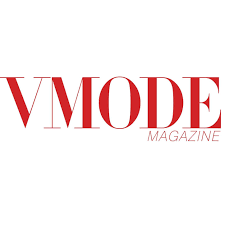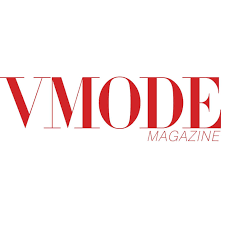Roller Bearings are designed to support heavy loads and reduce friction between moving parts. They are widely used in applications such as automotive, aerospace, and industrial machinery. The demand for roller bearings is increasing due to their ability to handle high radial loads and provide smooth operation, making them essential in various mechanical systems.
The industrial bearings market is a critical segment in mechanical and manufacturing industries, providing essential support for rotating and moving machinery components. Bearings reduce friction, improve efficiency, and extend equipment lifespan. As industries move toward automation and precision engineering, the demand for high-performance bearings has surged globally. Bearings are used in applications ranging from automotive, aerospace, energy, and railways to general industrial machinery, making them a vital component in industrial operations.
Market Drivers
The industrial bearings market growth is fueled by the increasing need for reliable machinery operation, energy-efficient solutions, and high-speed performance. Automation and robotics have created demand for precision bearings capable of handling heavy loads with minimal maintenance. Additionally, the adoption of advanced materials such as ceramic and hybrid bearings offers superior durability and resistance to extreme temperatures, which is especially important in aerospace, mining, and power generation industries. Rising industrialization in Asia-Pacific also contributes significantly to market expansion.
Types of Industrial Bearings
Industrial bearings are broadly categorized into rolling element bearings and plain bearings. Rolling element bearings include ball bearings, roller bearings, needle bearings, and tapered roller bearings. These are widely used in high-speed and heavy-load applications. Plain bearings, also known as sleeve or journal bearings, are simpler in design and used for moderate speed and load applications. The choice of bearing type depends on load capacity, operating conditions, rotational speed, and maintenance requirements.
Applications
Bearings are integral to multiple sectors. In the automotive industry, they ensure smooth operation of engines, transmissions, and wheels. Industrial machinery, such as pumps, compressors, and turbines, relies heavily on bearings to maintain efficiency and reduce wear. Bearings are also crucial in renewable energy equipment, including wind turbines, where they help withstand high rotational forces and environmental challenges. In the aerospace industry, lightweight and high-performance bearings contribute to fuel efficiency and safety.
Regional Insights
Asia-Pacific is the largest market for industrial bearings due to rapid industrialization, automotive manufacturing growth, and technological advancements in countries like China, India, and Japan. Europe focuses on high-precision and specialized bearings for aerospace, automotive, and industrial applications. North America leverages innovations in robotics and automation to maintain market relevance. Emerging regions such as Latin America and Africa are witnessing growing adoption of industrial machinery, thereby increasing demand for bearings.
Challenges and Opportunities
Challenges in the industrial bearings market include price volatility of raw materials, maintenance complexity, and competition from alternative motion solutions. Opportunities exist in smart and connected bearings that monitor load, temperature, and wear in real-time, enabling predictive maintenance. Sustainable bearings made from eco-friendly materials also offer market differentiation. Companies focusing on high-quality products, innovation, and after-sales support are well-positioned for growth.
Conclusion
The industrial bearings market continues to evolve with technological advancements, rising automation, and increasing demand from diverse industries. Companies investing in research, innovation, and high-performance materials will likely strengthen their market position. As machinery and industrial processes become more sophisticated, the role of bearings in ensuring operational efficiency and reliability will remain crucial.
FAQs
Q1: What is the primary function of industrial bearings?
A1: Bearings reduce friction, support rotational or linear movement, and enhance machinery efficiency.
Q2: Which industries consume industrial bearings the most?
A2: Automotive, aerospace, energy, railways, and industrial machinery sectors are the major consumers.
Q3: What are the main types of industrial bearings?
A3: Rolling element bearings (ball, roller, needle, tapered) and plain bearings are the primary types.


